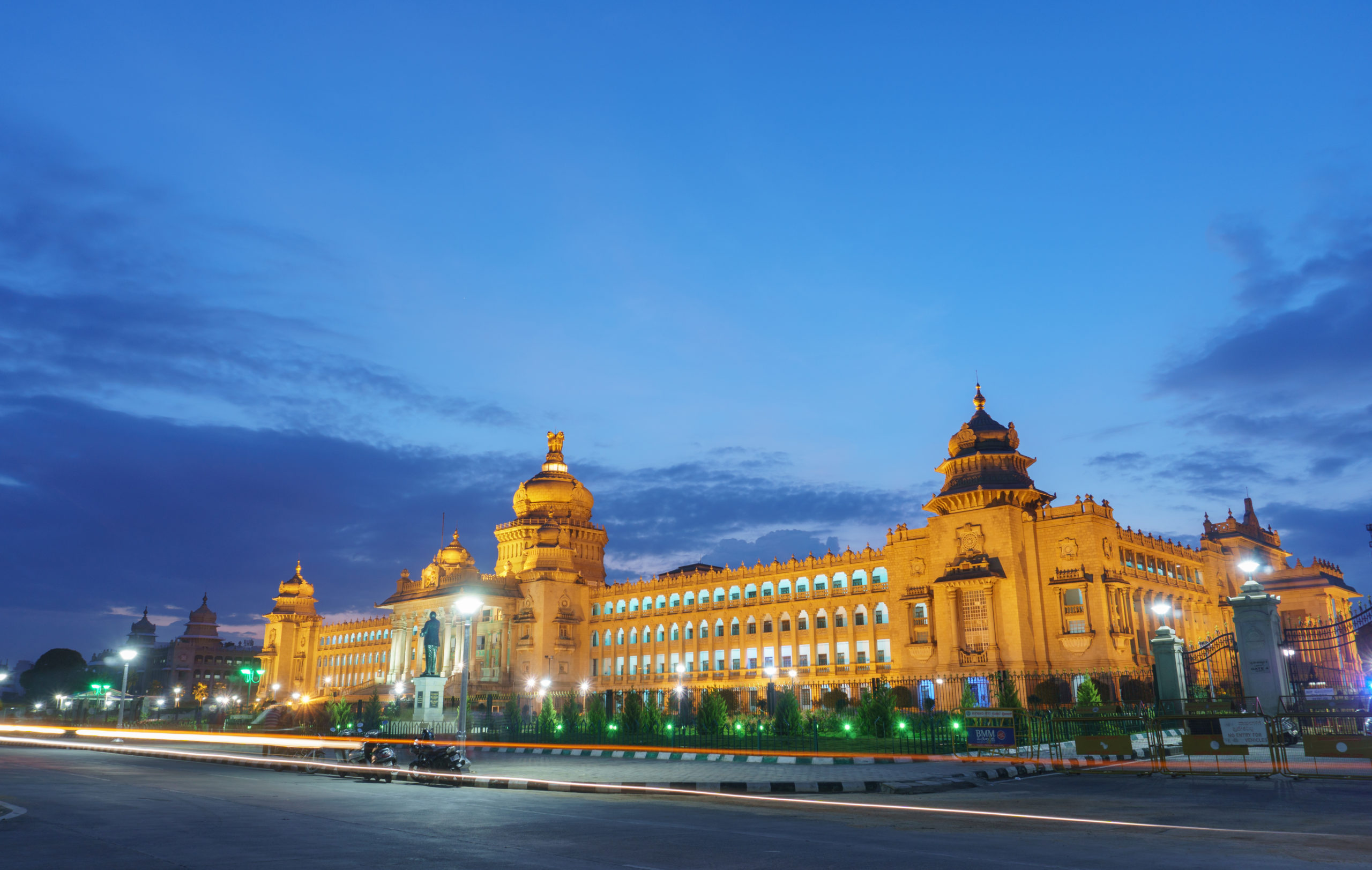
Attention to detail is at the heart of project management. But it’s just one of the many skills you need to manage cross-functional projects and programs effectively. This month’s postcard is from Bangalore, where dynamic project manager Bruce Christie talks about the nitty-gritty of daily customer expectations and using project management to deliver successful outcomes. Read on to learn more.
Tell us about where you live.
I was born in Chennai, known as the gateway to Southern India, and moved to Bangalore to kickstart my career. This city is now my home. It used to have the nickname “Garden City” because of its plush green gardens, parks everywhere, and many natural lakes. However, in recent years, Bangalore has taken on another footprint and is now the Silicon Valley of India. It now has a deep corporate presence and is a breeding ground for startup companies. The city is also noticing a significant amount of brewing companies being established and has become the pub capital of the country.
Likewise, the skyline has also changed from what I remember 20 years ago with now regular traffic gridlocks (in 2020, Bangalore was listed as the most traffic-congested city in the world), but it’s still a great place to live in. It’s lively with multiple work opportunities and people from different cultures around India live here, so you have access to almost any cuisine.
Nature has gifted Bangalore with very pleasant and moderate climate conditions. In winter, the coolest temperature could drop to below 15°C (59°F) and in summer, it can reach an average of 34°C (93°F), so it’s not as hot as most places in India.
What was your path to Pythian?
When I started my career, I worked for a global technology company that develops, sells, and supports computers around the world. I worked across multiple business units through different roles in Operations, Finance, Quality, Audits & IT. Each opportunity was a good training ground for me to acquire new skills, deal with challenges and deliver outcomes under different circumstances. A majority of my time was spent providing Project and Program Management support for the above business units.
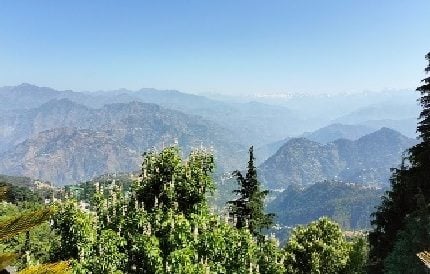
On a hike overlooking Himachal Pradesh, Dalhousie
I then moved to another technology company providing similar services. It was later, during 2016, when I came across an opportunity at Pythian that really interested me. It was to work for the Project Management Office (PMO), supporting different clients in the Asia-Pacific region. The PMO was set up strategically to support the different delivery organizations and our clients. I was also intrigued by the idea of working from home because it wasn’t a common practice at that time in India, and it was also an opportunity to leave behind Bangalore’s traffic jams. Lastly, I liked Pythian’s operating model in how they support their clients 24×7 with a truly global team presence and digital solutions.
What’s a typical day like for you now?
I can’t say that any two days are alike. There are different types of problems to solve every day and many deliverables that need to be completed. Project Managers have to combine a variety of skills to accomplish our goals. I think most people look at project management as a corporate term, but it has existed for a long time and is an ancient practice. Just think about the different strategies that would have been needed to build the pyramids. At its simplest, you apply plans and processes to complete tasks, so it’s not just software or tech or infotech—it’s everywhere.
In many ways, project management is also like public relations; you interact with people every day, dealing with project issues, challenges, incomplete tasks, budgeting issues, and sometimes unhappy customers. The audiences are internal and external, so public perception is of utmost importance as well. There are so many unique situations—good and bad—that can come up, so it means being self-motivated to deal with some level of ambiguity every day, negotiating your way through different scenarios.
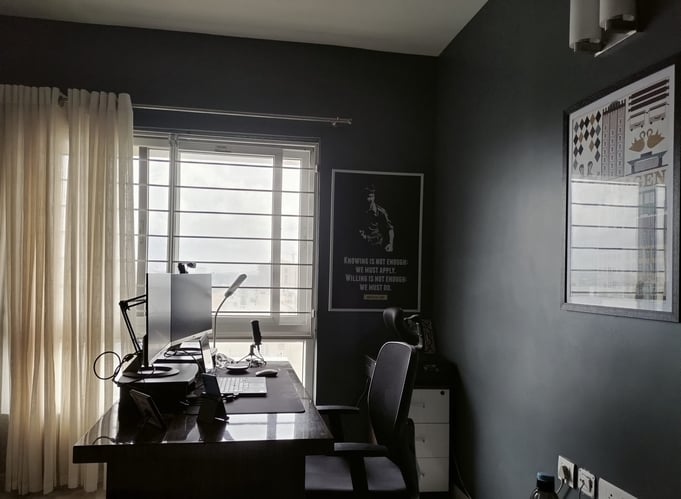
Simplicity, sleekness and some inspiration. Everything I need to stay productive.
Every day provides new learnings and while I might go to bed sometimes knowing there is a backlog of things to do, I know the next day is an opportunity to get better at understanding what I can control, figure out, accomplish, and move to the next day. Managing customer expectations is also a huge part of this role. My role also requires me to collaborate with teams to build solutions that are repeatable/reusable so we can get better at delivering value for our clients as quickly as possible. This involves re-engineering processes, standardizing templates, and using change management to support the Project Management organization.
What has been the biggest challenge in this role so far?
Everything is people-dependent and everyone’s priorities are different. As the saying goes, “Change is inevitable” every project has changes to the scope introduced at multiple phases. We call this Scope Creep, which is probably the most challenging part of the job. Whether it is increasing deliverables, adding new product features, or changing requirements, reassessing the project always takes time and can cause delays or going over budget. While we might not control the changing needs, we can still steer the projects on the right path by implementing effective change control measures to evaluate every change, assess the impact they have on the project, and engage the right stakeholders to address these changes.
Tell us about your workspace.
I have a home office setup where one room has been set up just for working through the day. It’s a quiet space and a simple setup with my monitors and my laptop. My day starts with a cup of black coffee, followed by many more throughout the day. There’s always coffee on the table :-)
Work is very involved, but thankfully I’ve learned to leave my laptop/work in the office and shut off my brain when I step out, so I can compartmentalize and leave work at work—despite the short commute.
How do you spend your time off?
Travel and sports are mostly what I enjoy doing. I play badminton with my son during the week, watch a lot of mixed martial arts events both locally and on television, and I love to travel.
Any specific activities you particularly enjoy around this time of year?
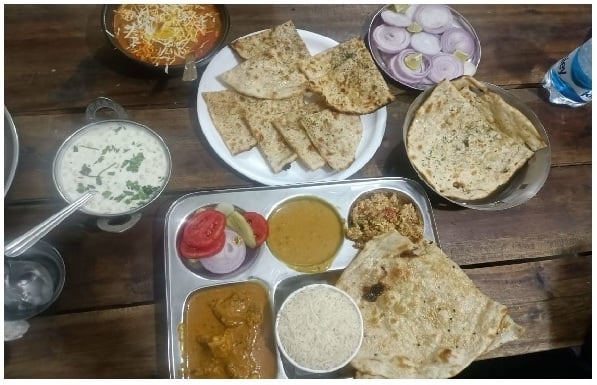
Always a crowd pleaser: Amritsari kulchas
Schools are closed between March and May, so it’s peak travel time. It’s also very hot during this time and can reach a maximum of 39°C (102°F), so it’s also ideal for catching some vitamin D before school resumes and before the rainy season returns in July. It’s India, so you have to learn to embrace the weather changes.
Most recently, we traveled to Goa, Amritsar, Himachal Pradesh. Each place was unique; Goa is known for its wonderful beaches, Amritsar for its food which is rich with many buttery flavors, and Himachal Pradesh is home to scenic mountain towns in the Himalayas.
What’s one type of food you could eat every day?
For me, now it’s dosa or idli every day for breakfast. Both are made from rice flour: dosas are crisp and pancake-shaped, while idlis are steam cooked. The chutneys that accompany this dish are full of flavors and spices.
Describe Pythian in one word.
Rewarding.
Follow Bruce on LinkedIn.
Share this
You May Also Like
These Related Stories

Namaskara from Bangalore Namaskara

Hello from India
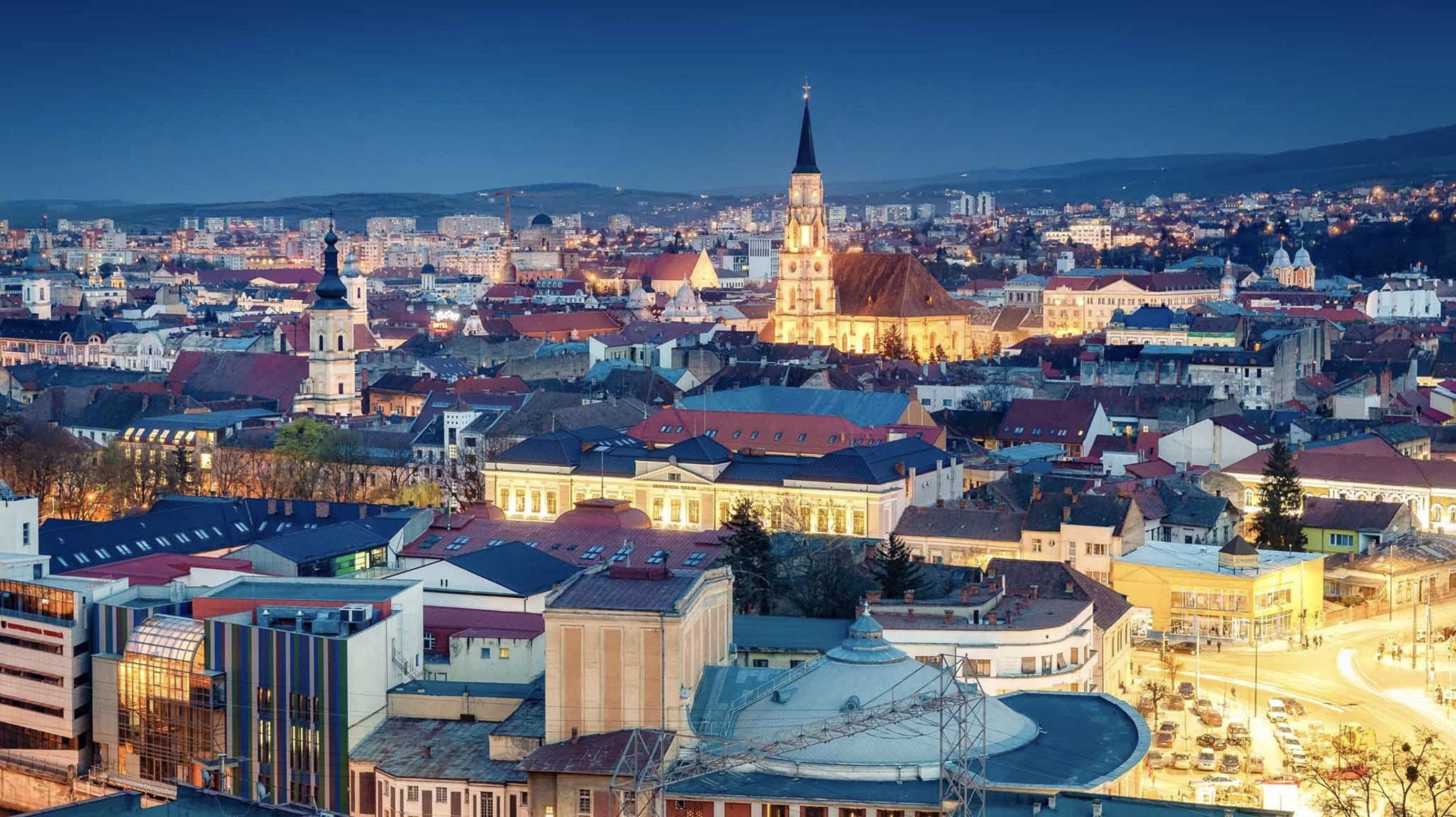
No Comments Yet
Let us know what you think